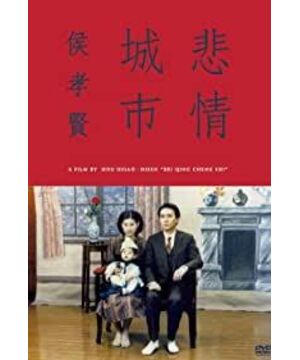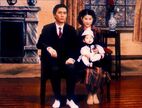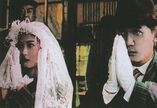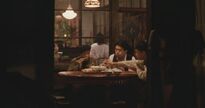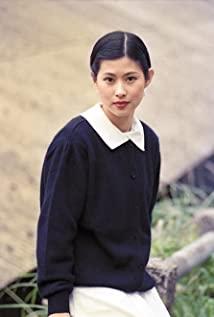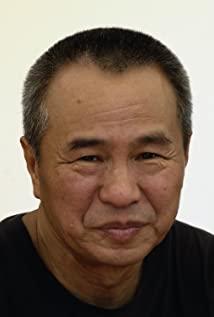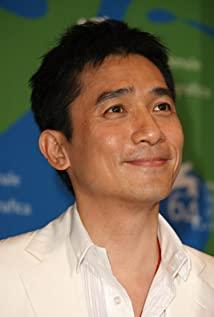"City of Sadness" reminds me of Zhang Yimou's "Alive". The two have very different temperaments, but in the final analysis, it tells the same motif, that is, the insignificant individual, how involuntarily and pale in the face of the turmoil of the times. It's just that the latter is arrogant, while the former is silent.
The narrative style of the whole film is very fragmentary. As the daily life of the Lin family and Kuan Mei progresses slowly, the plots of various characters are also frequently interspersed, but none of the plots has any reference to the background of the times, so that if the viewer is not confused between the two. The 28 incident has been heard, and there are doubts about the plot. The same is true in the account of the ins and outs of the characters, almost everything is smashed. The child is born, but there is no plot to show his later life, why Wen Lun is crazy again, what happened to the family after the boss was shot, where is the group of intellectuals, the ending after Kuan Mei's brother was arrested, Wen Qing died in the end No. All this goes without saying.
It is not the so-called leaving a tail of hope, or that it is not enough. I think Hou Dao deeply understands that it is better not to explain, than to explain everything. In a turbulent age, all one can do is try to survive. Destiny is just a kite with a broken string. Why it rises, why it falls, and where it falls is a question that is completely powerless to care about. And Hou Dao achieves the maximum restoration of the perspective of being in this kind of destiny through this kind of incomplete anti-narrative method.
Hou Dao's image aesthetics is very similar to Ozu's, with a large number of fixed shots and indifferent tones, everything is restrained and restrained, but the undercurrent behind the calm never disappears, just like Chinese landscape paintings, where everything is desolate and blank. What impresses me the most is the scene of the village fight. Director Hou only gave a few perspectives, lining the misty mountains in Taiwan. blocked. The eldest brother of the Li family was shot and killed, and even more stingy, he did not give a shot, but went to shoot the bird circling in the cloudy sky. After Wen Qing was taken away by the police, the camera also stared at the empty and dark corridor for a long time. In addition to silence, or silence.
And the combination of the two makes this movie. Fate is treacherous, but life is dull. People are in it, they can't see where they came from, and they don't know the way back.
I read Yu Hua's "To Live" 3 years ago. At that time, I was very dissatisfied with the constant suffering and lack of detailed descriptions of grief in the book. Looking back now, I understand that Yu Hua wanted to express a feeling of being frequently attacked by a huge force. The life after the destruction, like the arched back bent by the years, is numb and pathetic, but in the final analysis, it is numb. It's a pity that this numbness disappeared in Zhang Yimou's films.
Interestingly, both "Alive" and "Sad City" ended with the family sitting around for dinner. It's just that the tones in "Alive" are much brighter. After the family has experienced all kinds of things in the world, they have a happy gathering together. Zhang Yimou just wants to say that there is still a ray of hope after the great suffering.
In "City of Sadness", it is still the fixed camera. The camera looks at this fragmented family from a distance. The women are still like in the past, and they leave after they have finished their dishes. , everything is the same as before.
What Hou Hsiao-hsien wants to say is that life has always been like this.
View more about A City of Sadness reviews


